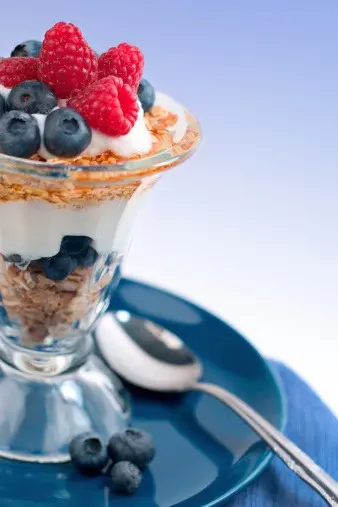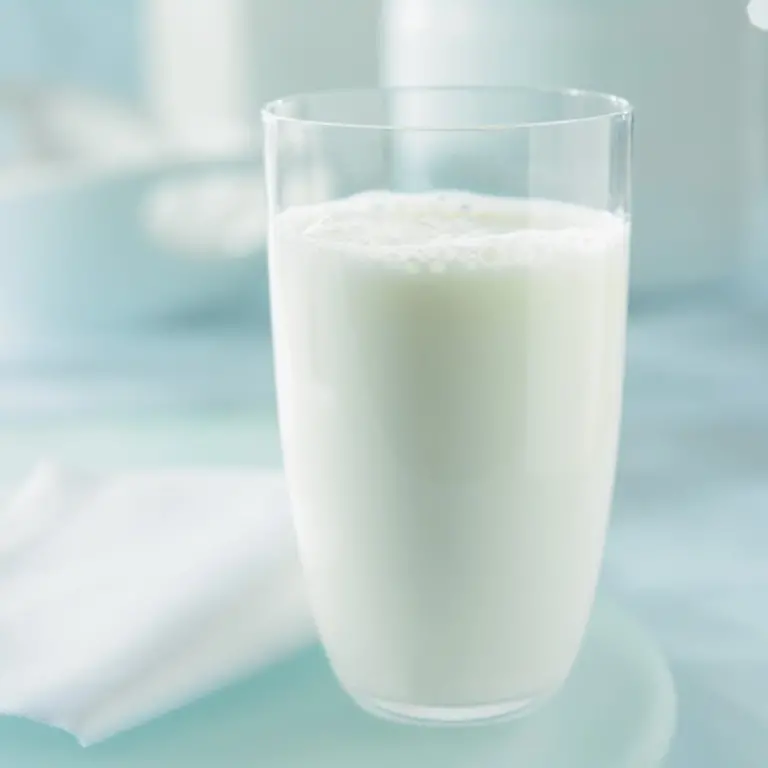
HEALTH & WELLNESS
Dairy is a term that covers any food items that are made from the milk products of different animals. For humans, this typically includes cows, goats, and more. Popular dairy products include milk, cheese, cream, yogurt, and ice cream.
Dairy foods like milk are foundational foods in healthy dietary patterns. Healthy dietary patterns, which include low-fat and fat-free dairy foods, are associated with a lower risk for cardiovascular disease, type 2 diabetes, and obesity. There is evidence that dairy may support bone health, may lower the risk of obesity and type 2 diabetes, and may improve overall body composition.
Dairy proteins are proteins that can be isolated from dairy products. The main types of dairy proteins are casein and whey.
Estrogen is a hormone. Most living things, including plant and animal foods such as legumes, grains, milk, meat, and eggs, contain hormones, which can be thought of as messengers that help regulate specific functions in plants, animals, and people. Hormones are important to life.
Many hormones are proteins, so when they’re eaten as a part of foods, enzymes in the gastrointestinal tract digest them, which stops their biological activity in the body. Therefore, naturally occurring hormones in milk are not a health concern. All pasteurized milk is wholesome, safe, and nutritious.
Traditional milk has on average 12 grams of carbs per cup, which does not make it an attractive option for keto diets. Half-and-half and heavy cream are traditional dairy products that can be consumed while on a keto diet.
Cultured products are those that are processed in away that increases the number of bacteria in them. Cultured dairy is any food that has been fermented with lactic acid bacteria. Cultured dairy products may help to establish healthy microflora in the gut that supports digestive processes.
Dairy contains a variety of nutrients including calcium, vitamin D, vitamin A, riboflavin, vitamin B12, phosphorus, potassium, selenium, choline, zinc, and magnesium.
Most dairy products contain low-fat options. This includes milk, yogurt, cheese, cream cheese, butter, and more.
The main difference in these types of milk is the amount of fat. Whole milk contains more fat than fat-free, skim milk. But each kind of milk contains the same thirteen essential nutrients.
Lactose & Lactose Intolerance
Dairy products contain a sugar called lactose, which cannot be broken down in human bodies without lactase. Lactase is an enzyme that takes lactose and splits it into glucose and galactose. Lactase is necessary to make the sugars in dairy products usable by the human body.
Hard cheeses such as parmesan, Swiss, and cheddar are shown to be lower in lactose. Kefir beverages and probiotic yogurts are also typically lower in lactose than other dairy products.

Milk Quality and Safety
No. The term “raw milk” might sound natural and good, but raw milk is not safe. According to the Food and Drug Administration, raw milk can harbor dangerous microorganisms that can pose serious health risks to those who drink it.
Why? Raw milk is milk that has not been pasteurized. Pasteurization is a process that kills any harmful bacteria that may be found in raw milk. It’s done by heating milk at 161 degrees Fahrenheit for 15 seconds, and then rapidly cooling it. This simple process is extremely effective at killing bacteria while maintaining milk’s nutritional value. Pasteurization is just one step dairy farmers take to ensure the dairy foods you love are safe.
Pasteurization is approved by the Food and Drug Administration, and is a simple, proven and effective process that kills potentially harmful bacteria without affecting the taste or nutritional value of milk. During pasteurization, the temperature of milk is raised to 161° Fahrenheit or higher for 15 seconds and then rapidly cooled. Pasteurization extends milk’s shelf life and destroys harmful bacteria. Ultra-high temperature pasteurization, where milk is heated to 280° Fahrenheit for more than two seconds, is used to extend the shelf life of some dairy foods.
All milk is pasteurized for safety and homogenized for quality, but neither process has an impact on overall nutrition. Pasteurization kills harmful bacteria (potentially found in raw milk), and homogenization keeps the cream from separating from the milk, creating a more consistent product. Once milk arrives at the processing plant, it is heated to 161 degrees Fahrenheit for 15 seconds, then quickly chilled back to its original temperature of 39 degrees Fahrenheit.
All milk—both regular and organic—is tested for antibiotics, both on the farm and at the processing plant. During 2014, nearly four million tests were conducted on milk samples to detect antibiotic or other drug residues, with less than 0.02% testing positive. In accordance with government regulations, any milk testing positive for antibiotics cannot be sold to the public. If a cow needs antibiotics, her milk is kept separate and doesn’t enter the bulk tank.
